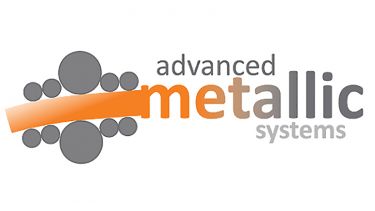The most important part of a nuclear reactor is also its biggest challenge - radiation. We use zirconium alloys to clad the uranium fuel in the core, but radiation degrades this cladding quicker than we can use up the fuel. If we can understand precisely how this radiation damage manifests, we can develop more resilient zirconium alloys and extract as much energy out of the fuel as possible, improving both reactor safety and efficiency.
Improving the performance of reactor fuel cladding is vital in maximising the energy we can obtain from commercial nuclear fission, which is particularly important given the ever-increasing global energy demand. Zirconium is used for this application due to its excellent neutron absorption properties, however it is still susceptible to microstructural degradation owing to the enormous neutron fluence experienced during its in-reactor lifetime. This flow of neutrons causes crystallographic defects to manifest within the material, which can be detected using techniques such as x-ray diffraction (XRD).
In particular, the precise characteristics of these defects can be discerned using XRD analysis, as well as their formation and evolution within the material as a function of temperature, which dictates the long-term degradation of cladding during in-reactor irradiation. Although the macroscopic degradation mechanisms are well-known, an in-depth mechanistic understanding of the precise phenomena that occur at micro- and sub-microscopic scales is still required.
To achieve part of this understanding, this project is assessing the evolution of defects in irradiated material due to changes in temperature, making use of both in-situ synchrotron-XRD (SXRD) at the Deutsches Elektronen-Synchrotron (DESY) high-energy physics facility, and in-house XRD and microscopy techniques at the University of Manchester.
This work directly impacts the approach that the nuclear industry takes towards the use of fuel assemblies in power plants. As the MIDAS research group develops a comprehensive understanding of cladding degradation under a range of conditions, this understanding can be used to inform reactor operators and regulators on improving the burnup of fuel assemblies whilst maintaining safety above all else. The work is also an important consideration in developing reactor designs of the future.
Jake has also participated and taken the lead on several outreach projects within MIDAS, aimed at improving public awareness and perception of research within the nuclear sector. Educating children and adults alike about the importance of nuclear research is an essential part of MIDAS' mission, whilst dispelling widely-held misconceptions about nuclear power and making fission science as accessible as possible to both the public, and future researchers.
Completing my project as part of the AMSCDT has allowed me to progress within a cohort of kind, professional and inclusive people, providing support and guidance throughout the highs (and lows!) of PhD life. I have also enjoyed being part of the incredible working environment that is the MIDAS research group. Despite all the challenges that come with being a professional scientist, I can confidently say that it's the best job I've ever had!
Jake Larkin, 2020 Cohort
Jake Larkin completed his degree in Physics with Nuclear Technology, at Nottingham Trent University in 2017. He then worked several jobs before studying for a postgraduate Masters' degree (MSc) at the University of Manchester, in Nuclear Science and Technology with the NTEC programme. Jake then worked as a school science technician for two years before moving back to Manchester to begin a PhD with the MIDAS research group based in the Henry Royce Institute. Now nearing the project's conclusion, Jake intends to continue his career within the civil nuclear sector.
EQUIPMENT
DAFNE Proton Accelerator - University of Manchester Dalton Cumbrian Facility
PETRA-III X-Ray Source - Deutsches Elektronen-Synchrotron (DESY), Germany
Rigaku SmartLab Goniometer - University of Manchester Electon Microscopy & XRD Suite
Struers Durascan 80 Microindenter - University of Manchester Mechanical Testing Suite
Bruker Hysitron TI950 TriboIndenter - University of Manchester Mechanical Testing Suite


